When speaking about its natural resources, Serbia is a true paradise in Europe, with vast alpine meadows, huge impenetrable forests, glittering limestone caves, mountain lakes, hot springs and lush rolling hills, which make it a dream destination for all real admirers of nature and wilderness.
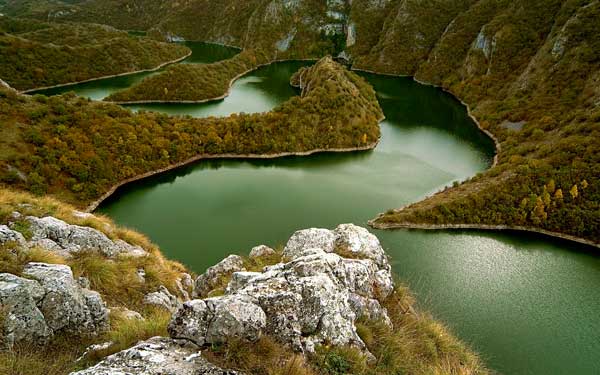
New to tourism, this Eastern European country is determined to show the world all its attributes: awe-inspiring cuisine, picture-perfect countryside, low prices, safe travel and excellent city nightlife, not to mention the wealth of hotels to suit all budgets and a wide range of curative health spas in spectacular settings ready to provide visitors the best relaxation and treatment. Serbia is also a prime destination for winter sports, as it boasts some of the best mountain resorts in the world. What you can expect from this unusual country are also its warm and hospitable people, always willing to help.
In short, no matter what kind of traveler you are, a business visitor, an adventure traveler or one with an interest in art, history, culture and wildlife, Serbia will always entice you, making your vacation one to remember forever.
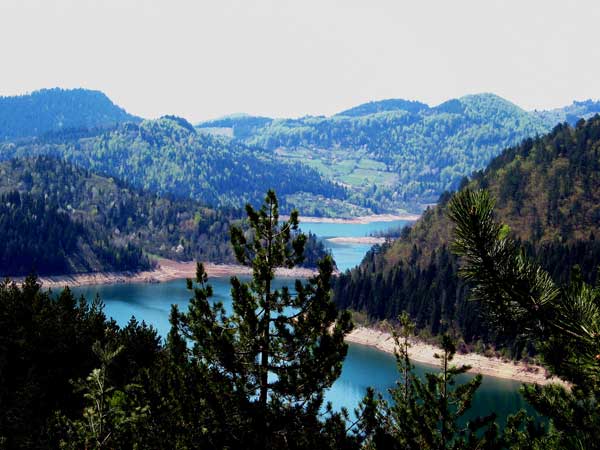
Geography & Climate
One of the former six republics of the Socialist Federal Republic of Yugoslavia bordering Hungary to the north, Romania to the northeast, Bulgaria to the southeast, Kosovo, Macedonia and Albania to the south, Montenegro to the southwest, Bosnia & Herzegovina to the west and Croatia to the northwest, the newly independent Republic of Serbia is sandwiched in between the Southern and Eastern countries of Europe, right in the middle of some of the most beautiful countryside on the planet.
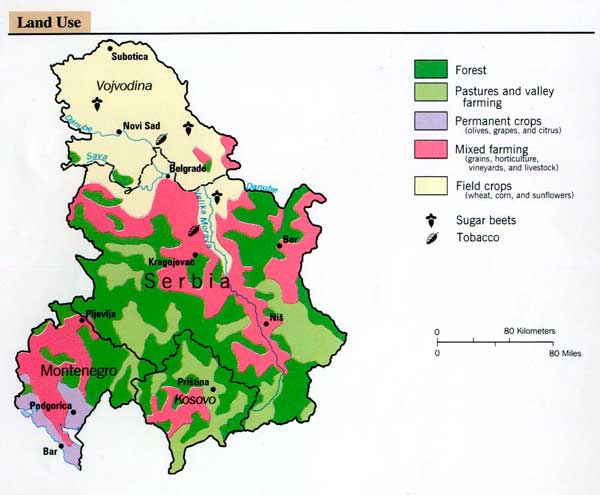
The country enjoys mild continental climate with cold winters and warm summers. June to August offer a lovely hot climate and little rain, thus the best time to visit Serbia. For ski enthusiasts December to March are the best months to visit the country, as the mountains experience heavy snowfall.
Popular Destination in Serbia
Still scarred with the devastation of a long civil war, Belgrade, Serbia’s capital has an ancient Roman and Celtic history dating back to the fourth century. Today Belgrade has grown to a modern city of more than two million people and has plenty to offer sight-seers, from interesting museums and galleries, to a wide selection of restaurants and cafes, plus some of the best nightlife in southeast Europe. Being on the confluence of two rivers, the Danube and the Sava, Belgrade is a truly beautiful city that pulses with the electric energy of youth and a nonstop music scene, missing the pop and the political.
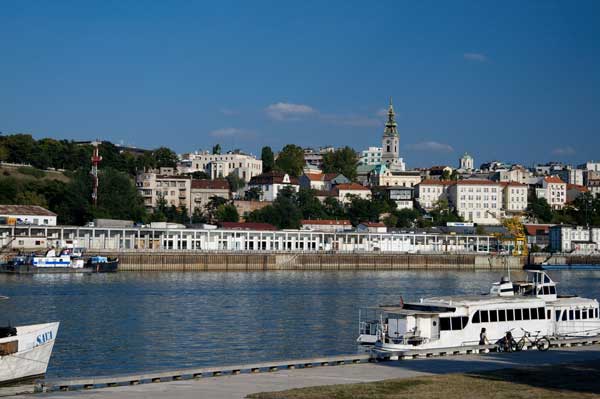
Among Belgrade must-sees are the ancient Kalemegdan Citadel; the Knez Mihailova Street, full of restaurants, galleries, bookshops and shops selling clothing, jewelry and other goods; the Balkan-style Palace of Princes Ljubice; Nikola Tesla Museum, dedicated to one of Serbia’s few heroes, the man who discovered alternating current and Sveti Marko, a solid church, containing the grave of the Emperor Dusan.
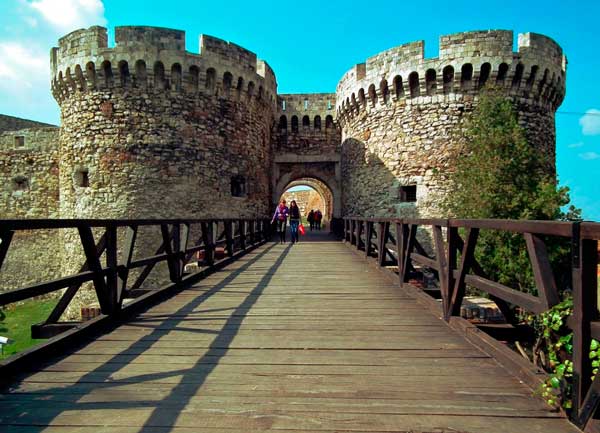
Away from the capital, Novi Sad is an attractive lively city with an elegant center and picturesque fortress overlooking over the Danube River. To most foreigners, Serbia’s second city is synonymous with one thing only, the annual Exit Festival, which is definitely one of Europe’s high-level music events. The festival is housed in the stunning Petrovaradin fortress – the focal point of the city is the stun, constructed between 1692 and 1790. Today the fortress serves as a museum and a hotel. From the fortress visitors can admire a beautiful view of the city and its surroundings.
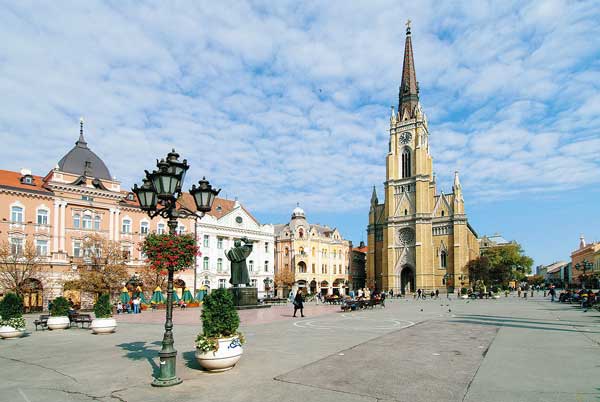
Kopaonik or the ‘Sunny Mountain,’ called so due to the fact that there are about 200 sunny days per year, is another popular destination in Serbia, its biggest ski center, with direct access to 20 individual pistes, served by 21 ski lifts, the latter able to uplift 27,500 skiers/snowboarders per hour. Known for its peaceful beauty and warm, friendly atmosphere, Kapaonik is a perfect destination all year round, offering all necessary conditions for active rest. The ski center is covered with snow starting from the end of November until May, and is a superb getaway for skiers of every level, from beginners to more advanced and experienced. Beside alpine and Nordic skiing tracks, Kopaonik comes with a well maintained snow-board park, in which many domestic and international competitions take place. The highest peak in Kopaonik is Pancic’s peak 2017 m at height.
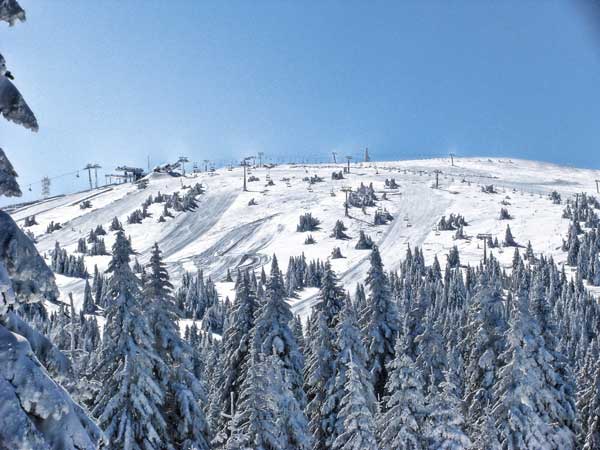
Scattered among the country’s more mountainous regions are a number of vast national parks. There are five national parks in Serbia: Đerdap, Fruška Gora, Kopaonik, Šar-planina and Tara, all members of the European EUROPARC national parks federation. Being among the most beautiful and the richest in the world, these parks provide visitors with a myriad of activities that include everything from hiking to wildlife viewing.

